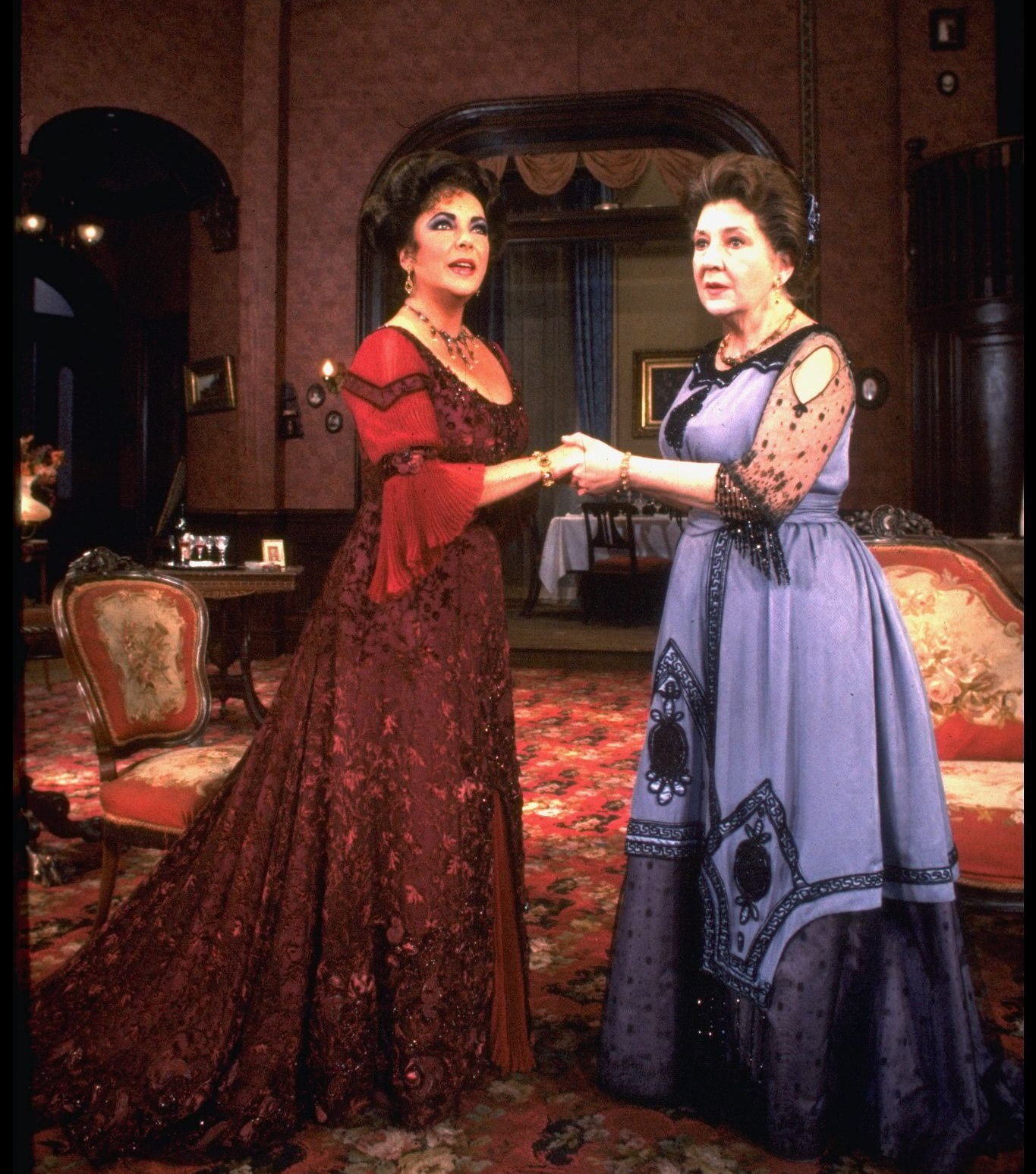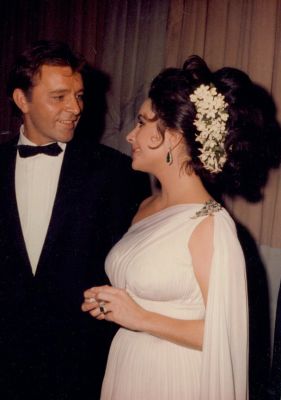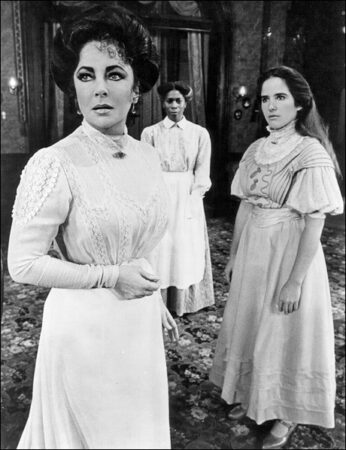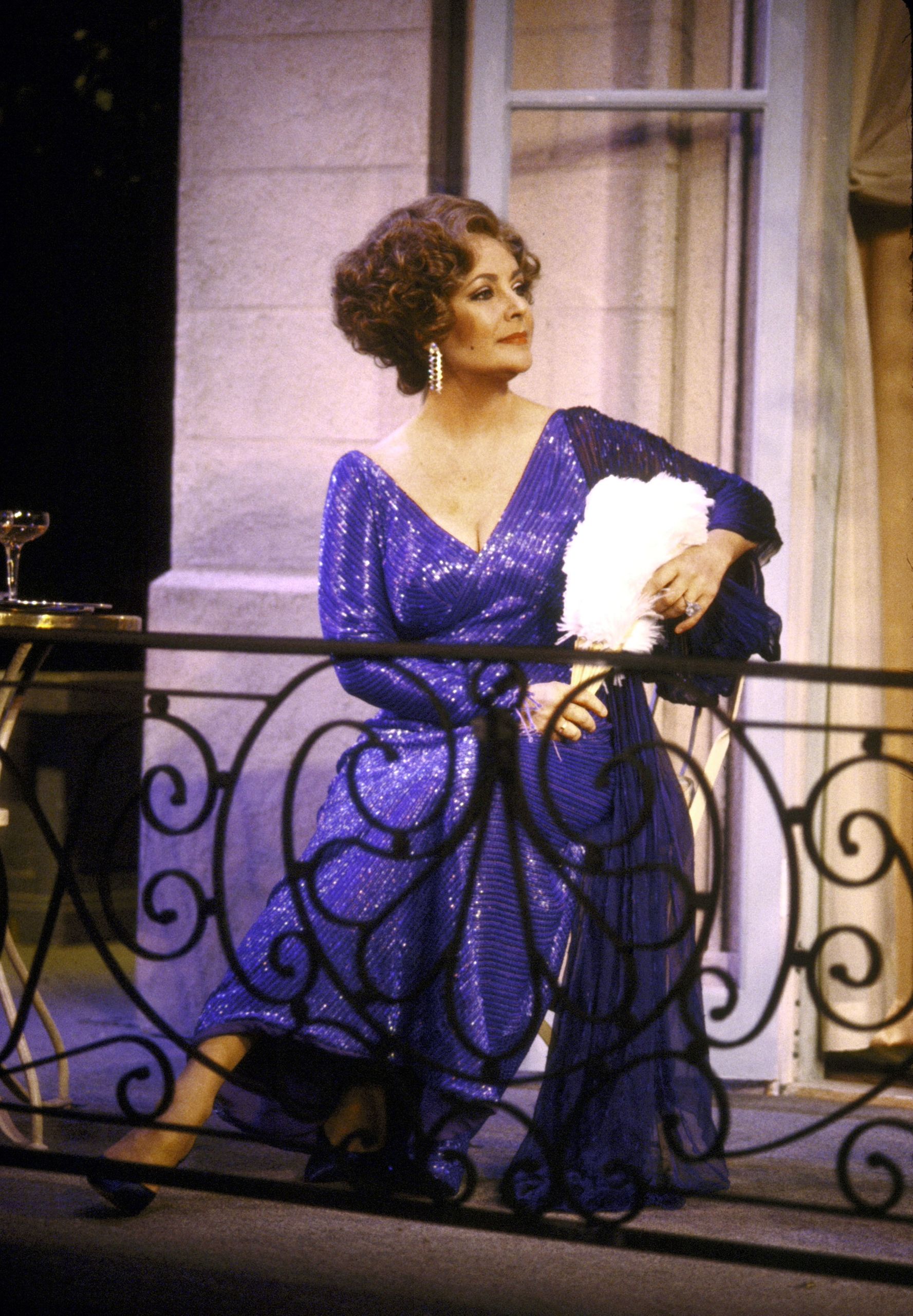
Elizabeth Taylor On Stage
“Everything makes me nervous - except making films.” Although Elizabeth was the very definition of a movie star, there were a number of times throughout her acting career where she was looking for a particular challenge, and took to the stage to find it. From Broadway to Oxford to Los Angeles, she graced the stage with the same natural charisma and acting prowess that she brought to the big screen.
A love of the theater ran in Elizabeth’s family — her mother Sara Sothern started out on the stage and achieved a respectable amount of success before giving up acting to marry Elizabeth’s father, Francis Taylor, and have a family. This form of expression remained a mainstay in her life, as later, she married Richard Burton, who had at that point established himself as a formidable and respected Shakespearean actor, and who continues to be widely regarded as one of the finest actors of his generation. Elizabeth shared in their passion for stage acting — though she wasn’t trained in the specialty, she used the skills that she had honed through years of acting in films to captivate audiences there as well.

Elizabeth made her stage debut in 1964, when she appeared alongside Richard Burton in “World Enough and Time," a production to benefit the American Musical and Dramatic Academy of New York. The evening of prose and poetry was held at the Lunt-Fontanne Theatre, where Burton was appearing onstage in Hamlet. The stakes were high for Elizabeth, who wasn’t taken as seriously as Richard in this world. But not only was the relationship between Elizabeth and Richard an exchange of love and adoration, the two helped each other to grow creatively. One of Elizabeth’s greatest gifts as an actress was her ability to create a relationship with the camera and maintain a certain stillness — something Richard credited Elizabeth with teaching him. On the other side, Richard helped Elizabeth understand the difference between film acting and stage acting. Onstage, everything must be seen and heard from the back row, requiring a significant adjustment of how they used their physical instruments. Philip Burton, who recognized Richard’s talent early on and pulled him from a destiny of life working in the Welsh coal mines, directed the two stars for the production of “World Enough and Time.” The evening proved to be a resounding success: the show raised the needed funds for the academy, and Elizabeth was able to showcase how well her skills as a performer translated from screen to stage, winning over a previously skeptical crowd.
In 1966, Elizabeth and Richard once again appeared onstage together, this time in a drama, performing nine shows of Christopher Marlowe’s “Doctor Faustus" at the Oxford University Dramatic Society. The couple agreed to do the play without pay, alongside undergraduates, in order to raise money for the Oxford University Theatre Appeal Fund. Elizabeth appeared in a non-speaking role as Helen of Troy, and like “World Enough and Time” the response was overwhelming, an affirmation of both Elizabeth’s talent and popularity. The following year, Richard and Nevill Coghill adapted the story for the screen with much of the same cast, including Elizabeth.

After marrying former Secretary of the U.S. Navy, John Warner, and playing a pivotal role in his campaign to get him elected to the Senate, Elizabeth found herself lost and lonely as the wife of a Washington politician. In order to find herself again she looked to the theatre for the discipline and challenge it provided. Elizabeth’s Broadway debut came in 1981, when she set out on her own and starred as Regina Giddens in a revival of Lillian Hellman's "The Little Foxes" at the Martin Beck Theatre, now the Al Hirschfeld Theatre. The production was a notable commercial success, and Taylor's performance was widely praised, earning her a Tony nomination. What set her stint in this role apart was that instead of portraying Regina in a negative light, as had often been the case in previous productions, Elizabeth opted to show her as a victim of circumstance, explaining, "She's a killer, but she's saying, 'Sorry fellas, you put me in this position'."
Encouraged by the success of "The Little Foxes," Elizabeth and Producer Zev Buffman founded the Elizabeth Taylor Repertory Company, which produced her next play: a 1983 revival of Noel Coward's "Private Lives,” which brought acting partner Richard Burton back into the fold. Initially intended to be a one-off, recorded show, the show quickly became a touring production. In it, Elizabeth and Richard played a divorced couple, Amanda and Eliot, who run into one another on their separate honeymoons. Although commercially successful, this was the sole production for the company, which Elizabeth dissolved shortly afterward.

Even so, Elizabeth’s respect for the stage remained strong for the remainder of her life. Elizabeth gave her final theatrical performance in 2007, when she starred in the play “Love Letters” at Paramount Studios alongside James Earl Jones. Though she was nearing the end of her life and not as physically strong as she had once been, Elizabeth gave it her all and brought down the house, as the occasion was to raise money for The Elizabeth Taylor HIV/AIDS Foundation. Each time she took to the stage, she had a reason for doing so that was close to her heart.
Days after Elizabeth’s death in March of 2011, the marquees of Broadway theaters were dimmed in her honor. Today, between her prolific filmography and her memorable live theater performances, Elizabeth’s mark on both Hollywood and Broadway are cemented in entertainment history.